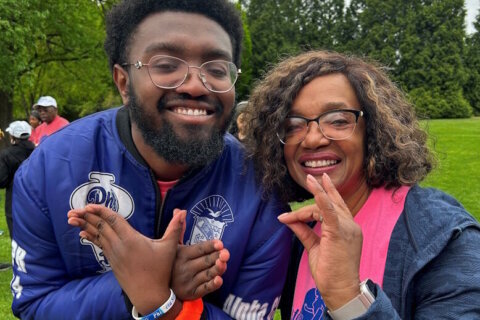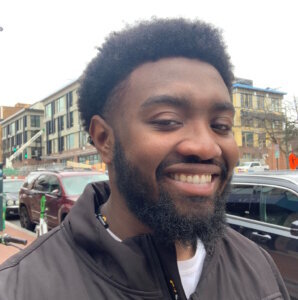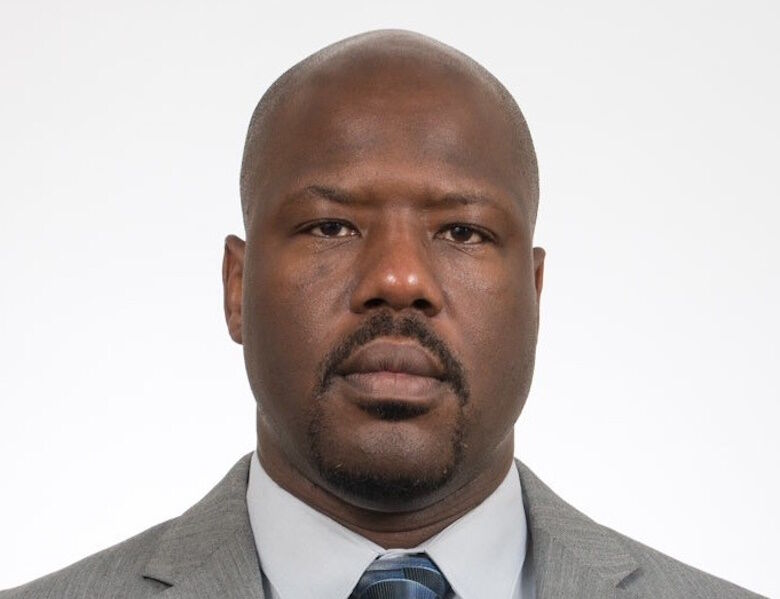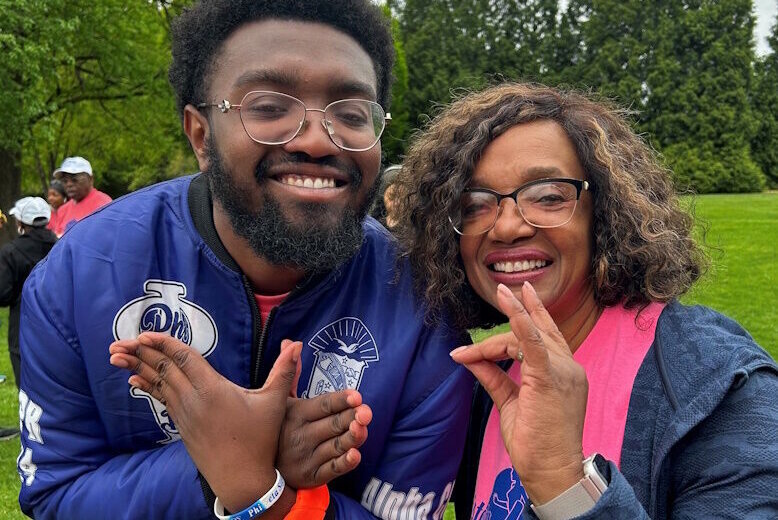Editor’s note: WTOP’s Stephanie Gaines-Bryant shares her personal experience and insight as a mother of a child with special needs.

When Minnesota Gov. Tim Walz gave his speech last week at the Democratic National Convention and his son Gus stood up with tears soaking his face, clapping, and mouthing the words, “That’s my dad,” I could see my own son Gabriel in his face and I began to weep.
Gus had run away with my heart as Gabriel had 21 years earlier. The 17-year-old is neurodivergent with ADHD. My son Gabriel has autism spectrum disorder. These are both conditions that impact the way they learn, the way they think and process information.
In the hours and days that followed, I saw the cruelty of people who mocked and ridiculed Gus’ heartwarming response to his father’s words on social media. It was a form of bullying that I was all too familiar with.
Bullying in school
If you have a child with a learning disability, research shows that they are two to three times more likely to be bullied at school. For my son, the bullying always began after his siblings who are two years older than him moved on to another school. Christian and Kendall, boy/girl twins, were protective of him and made sure no one mistreated him.
But as soon as they moved from elementary to middle school, the bullies came after him, mocking him, calling him names, chasing him home from the bus stop. Sometimes, they would steal his phone out of his book bag when he was on the bus and hide it in another seat. Other times, no one would let him sit next to them on the school bus.
The school administrators at the elementary school were responsive whenever they were made aware of an incident, but we received a completely different treatment in middle school.
When Gabe was in eighth grade and the twins had moved on to high school, the bullying began just as it had in elementary school, but this time the kids were older and more vicious. One boy would regularly hit Gabe in his groin area, sometimes with his fist, sometimes with an open hand. Gabe kept quiet for weeks, then finally told a teacher.

The incident was passed on to a school counselor who thought it would be a smart idea to bring the boys into her office together to tell her what was happening.
She put the victim in the same room as the person who was victimizing him with no consideration for his disability or that he had an IEP (Individualized Education Program).
Gabe froze under the pressure of having to sit face to face with his bully. He was unable to tell his side of the story. He said his mouth couldn’t form the words. He came home traumatized and defeated.
My husband and I demanded a meeting with a school administrator. The administrator invited the boy’s father and the child to the meeting. I would not allow Gabe to attend in fear that he would be traumatized again.
No one bothered to tell the boy’s father why he was there. He was told that there had been some sort of dispute between our sons. When he learned what his son had been accused of, striking another child in his private parts, the man pounded the table, leaped out of his seat, and began scolding and berating the child.
We were meeting in a private area next to a cafeteria full of students. The man was yelling so loud that the vice principal had to quiet him down.
I could see the boy’s body tense up as if he was trying to curl himself in to a ball and disappear. The child silently wept. I knew at that moment where the child had learned to bully. We were never told how the administrators chose to discipline the child or if he was ever disciplined at all, but the groin swatting stopped.
Gabe was accepted into the same science and technology high school that his three older siblings attended. At the sci-tech school, he met kids who were like him. The school’s specialists and counselors were thorough and helpful.
Gabe thrived in high school, athletically and academically, once he finally found his tribe and an administrative staff that was supportive. Gabe and his best friend even attended the same college together, Howard University.
Helping children protect themselves

Charles Cherry, martial arts specialist and author of the book, “Bully Proofing Your Child,” said he wrote the book after being stunned by statistics he read in graduate school.
Cherry, owner of Bellicose Martial Arts in Crofton, Maryland, said he learned that over 60 percent of students with intellectual disabilities are bullied. He said he wanted to give children safe and effective options to deal with bullying,
“We use a lot of de-escalation techniques in our program,” he said.
They use an acronym called SWAT.
- S: Stop make hand gestures and let the bully know that what he or she is doing is not acceptable.
- WA: Walk Away, but try to walk away without turning your back on the bully so you don’t get assaulted.
- T: Talk to someone and let them know what’s going on.
He said, “We teach them to use jiu-jitsu techniques to control rather than to assault or hit their opponents. We don’t throw any hits or strikes when they are defending themselves.”
Cherry, a retired federal law enforcement officer, urges parents to pay attention.
“If your kid doesn’t want to catch the bus or doesn’t want to go to school, if you see bruises and you don’t know where they’re coming from, you need to have a conversation with your child.”
For a copy of the book, check out Bellicose Martial Arts’ website.
This is part of WTOP’s continuing coverage of people making a difference in our community, reported by Stephanie Gaines-Bryant. Read more of that coverage.
Get breaking news and daily headlines delivered to your email inbox by signing up here.
© 2024 WTOP. All Rights Reserved. This website is not intended for users located within the European Economic Area.









